Which are the best and worst garage floor options? Let’s find out!
Garages can protect more than your car. They can become a storage space for lots of things, a workshop for DIY projects, and even a home gym. If you’re thinking of upgrading your garage and resurfacing the floor, you have to choose something that fits your garage’s intended use.
Ideal garage floor options can vary depending on factors like budget for installation, climate, and maintenance demands. Popular choices include concrete, stone, epoxy, rubber tiles, and vinyl. Whether for an insulated attached garage or an outdoor detached garage, upgraded flooring can make a huge difference in the space’s feel, look, and versatility.
This being said, we’ve spoken with a team of experts, and they shared with us some of the best garage floor options, but also some that you should skip. Let’s get started!
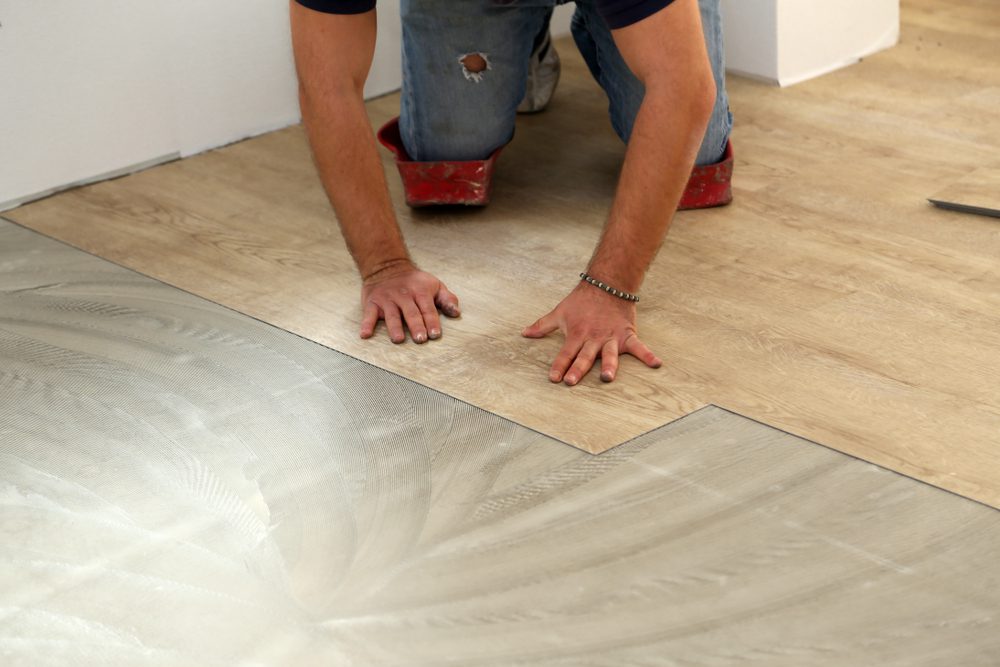
Vinyl plank
Two of the best garage options are vinyl plank and composite tile (VCT). Vinyl plank, also known as luxury vinyl tiles (LVT), is great for low-traffic garages. It’s available in different types, including engineered vinyl plank (EVP). There are many styles and several wood-mimicking finishes to choose from. The nice thing about vinyl plank is that it’s waterproof and easy to clean.
However, it’s not climate-resistant. This being said, if your garage is exposed to the elements, this may not be the best option. Similarly, it’s not made to withstand the weight of cars and the stains they can leave behind. Apart from that, vinyl plank is undeniably one of the best garage floor options, especially for smaller spaces where you store stuff or do your passion projects.
Vinyl composite tile (VCT) is more robust than vinyl plank. It combines vinyl chips with durable fillers like limestone. The downside would be that it requires a lot of maintenance to keep it shiny. The process doesn’t include just cleaning but also buffing and waxing. Vinyl composite tile can also easily be stained by car leaks or tires.
Concrete
Concrete is by far one of the most common garage floor options. These floors are usually resilient and have a nice reflective finish. They are resistant to wear and tear, even under high pressure.
Whether painted, stained, or polished, concrete garage flooring is affordable and readily available for a quick turnaround. While polishing can take a while, polished concrete is easy to clean and stain-resistant, making it one of the best garage floor options for car storage, mudroom use, and art projects.
However, concrete offers no insulation or cushion, so it’s best for moderate-climate garages and attached garages.
When it comes to painted concrete, it’s a versatile option that allows for a customizable look. Some specialty paints can also protect the concrete from oil and fuel spills. But keep in mind that painted concrete is prone to chipping and scuffing, especially with daily garage use.
Moreover, any amount of grease, moisture, or dirt on your floor can prevent the paint from sticking properly, so you may want to hire a professional to make sure that your money doesn’t go to waste.
Epoxy flooring
This garage floor choice involves applying a layer of paint containing a built-in hardener to the existing floor. Epoxy flooring has a great aesthetic appeal, is durable, and is available in different colors and finishes, including metallic, granite, and marble. It’s also damage-resistant and can handle substantial weight, making it one of the best garage floor options for spaces with daily use.
The downside of epoxy flooring is that it emits an unpleasant smell that is especially toxic during application. It also has a lengthy curing time that may take up to 72 hours, depending on the amount of paint applied and the type of coating.
Moreover, epoxy flooring doesn’t absorb moisture, and when wet, it poses a slipping hazard. Depending on how much wear your flooring experiences, you may need to reapply a coat of paint every three to five years.
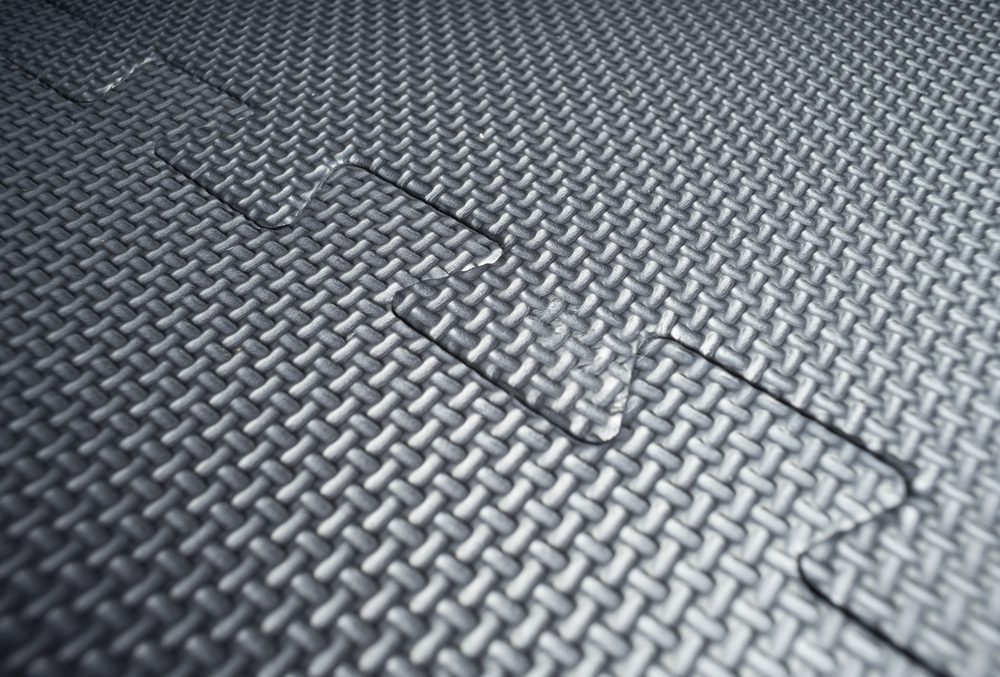
Interlocking rubber tiles
Much like the flooring in a gym, rubber tiles can be an ideal option for a home fitness enthusiast, a garage retrofit, or a playroom. They are available in different colors and can be customized with several borders and patterns.
Rubber tiles are great for hiding cracks in a concrete floor, though they do best when the garage floor is level. If you’re looking for some that require limited maintenance, rubber tiles are by far one of the best garage floor options.
They are easy to clean and reasonably priced. They complement concrete floors well and can be installed on any subfloor.
Stone flooring
Last but not least, on our list of the best garage floor options, we have higher-end choices like graphite, flagstone, and sandstone. These options usually come pebbled (bound with epoxy) or in tile.
If professionally fitted and installed, stone flooring can have a sophisticated look. The cost of installation is higher compared to other garage floor options, which can be a deterrent for homeowners.
Moreover, stone flooring can become extremely cold in the winter, so it’s not ideal for continued personal use. And while it’s a type of flooring that can easily withstand the weight of parked vehicles, stone is porous. This means that any spills or leaks will likely stay unless you pay for professional cleaning services to take care of your garage flooring.
In other words, the aesthetic benefits have to be weighed against practicality.
Once the floor job is done, you can start organizing stuff in your garage. Here’s a tool panel organizer you can use to hang all the items you want to keep in order.
Which are some of the garage floor options that experts don’t recommend? Keep reading to find out more!
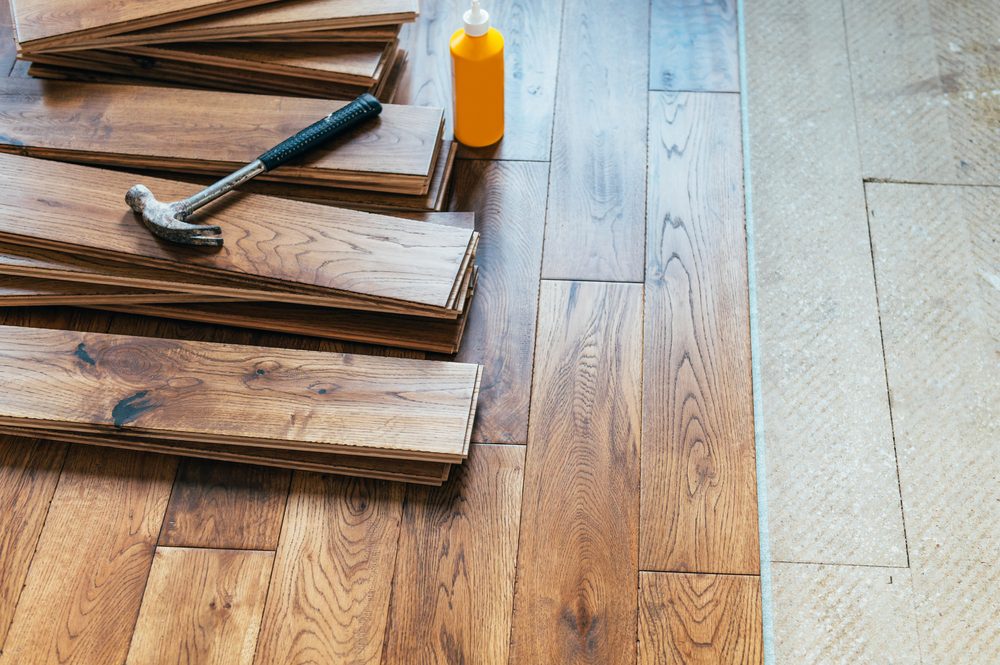
Wood
Wooden flooring is an unconventional choice in the garage. While it could be viable and attractive in certain environments, it’s wise to ask for help from a structural engineer before committing to this material.
Wood is one of the garage floor options that experts don’t recommend because it can become a fire hazard, especially due to oil and fuel spills. Also, it’s not humidity- or moisture-resistant. Heavy objects can also damage wood floors.
Pure concrete
While polished, painted, or stained concrete are solid garage floor options, pure concrete is less so. It can be permanently degraded or discolored by minor mishaps.
Standard indoor carpet
Standard carpets are also off the table when it comes to garages. Specialized carpets made from nylon, polyester, and polypropylene synthetic fibers are strong enough to withstand daily garage use. They are fire-resistant and durable.
However, standard carpets aren’t built to withstand the pressure of tires and will wear away pretty quickly. They are also a major fire hazard.
What is the average cost of installing garage flooring?
The cost of your garage flooring can vary depending on a number of factors, such as labor, materials, the condition of the structural foundation, the size of the space, and ongoing maintenance. To give you an idea, the average price of having garage flooring installed is between $2 and $15 per square foot. This obviously doesn’t include the price of materials and other extra costs.
For instance, epoxy paint application usually ranges between $5 and $9 per square foot, and concrete installation usually ranges between $4 and $8 per square foot. For a one-car garage, the cost of epoxy flooring is between $720 and $2,900.
If you liked our article on garage floor options, you may also want to read 10 Must-Have Home Upgrades for Your Golden Years.









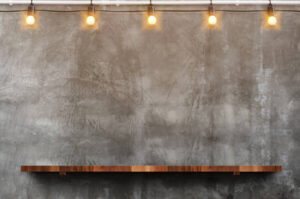
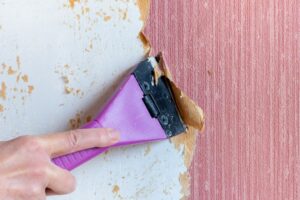
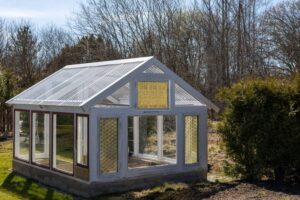




One Response
I will right away take hold of your rss as I can not find your e-mail subscription hyperlink
or e-newsletter service. Do you have any? Please allow me recognise in order that I could subscribe.
Thanks.